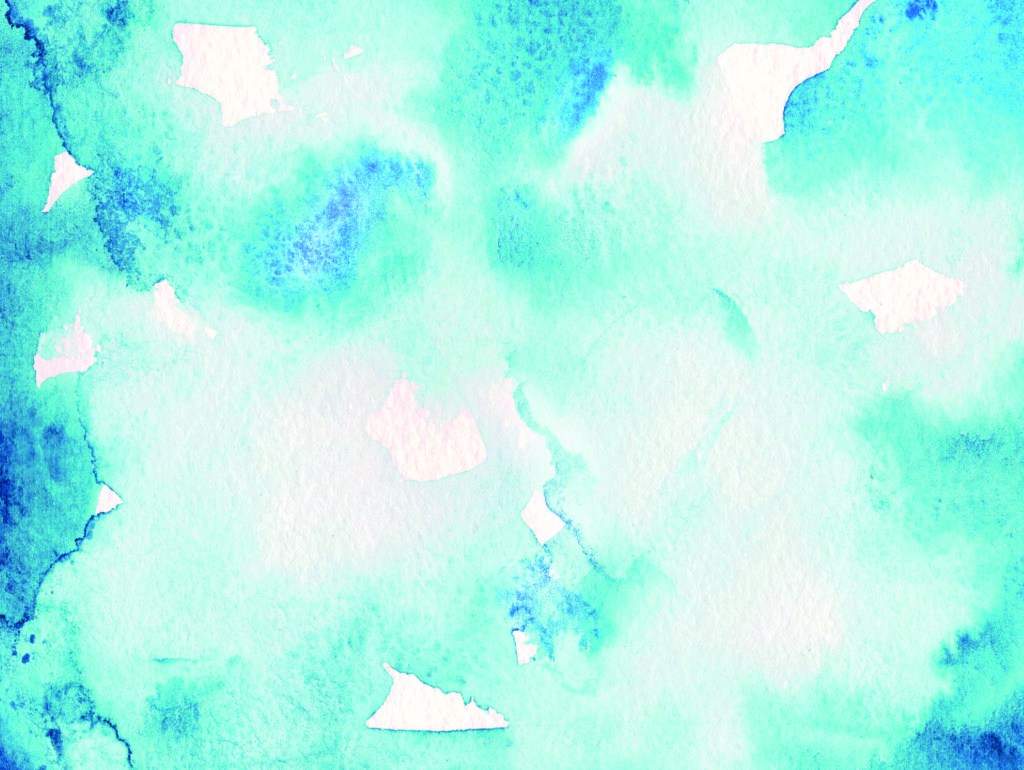 By Marisa Belger
By Marisa Belger
In the beauty world, the quest for clear, glowing skin is the holiest of grails. We’ll ingest daily smoothies spiked with adaptogenic mushrooms for it, get chemical peels and caviar facials, slather on lotions, serums and elixirs boasting exotic and technical ingredients such as dicaffeoylquinic acid. We’ll even dab on potions enhanced with quartz crystal dust or sheep placenta.
The try-anything approach has paved the way for blue-light therapy, a skin-care trend currently sweeping dermatologists’ offices across the country. The therapy uses advanced LEDs to distribute wavelengths of light to problem areas. Originally designed to remedy sun damage and premalignant or malignant skin cancer growth, it is also used for cosmetic conditions like acne, scars and sun spots. Teenagers and adults alike are flocking to the blue light, which works by destroying acne-causing bacteria on the surface of the skin. Dr. Debra Jaliman, a Manhattan-based, board-certified dermatologist, recommends receiving treatments twice a week for four weeks in conjunction with a special, complementary skin-care regimen.
If noninvasive, non-medicated skin care that works sounds too good to be true, that’s because it is: Blue light therapy is not risk-free. According to Dr. Jaliman, who has been practicing dermatology for 32 years, if it’s administered to clients taking specific drugs (for example, methotrexate, which is used to treat certain cancers, rheumatoid arthritis and psoriasis; or chloroquine, a malaria medication), it can cause porphyria, a rare hereditary disease in which the blood molecule hemoglobin is abnormally metabolized.
There’s concern for the rest of us, too: Blue-light therapy can also lead to eye damage if protective goggles aren’t used. “When blue light is absorbed by the retinal tissue,” explains Dr. Jaliman, “over time it can contribute to age-related macular degeneration.” Be sure to wear goggles.





